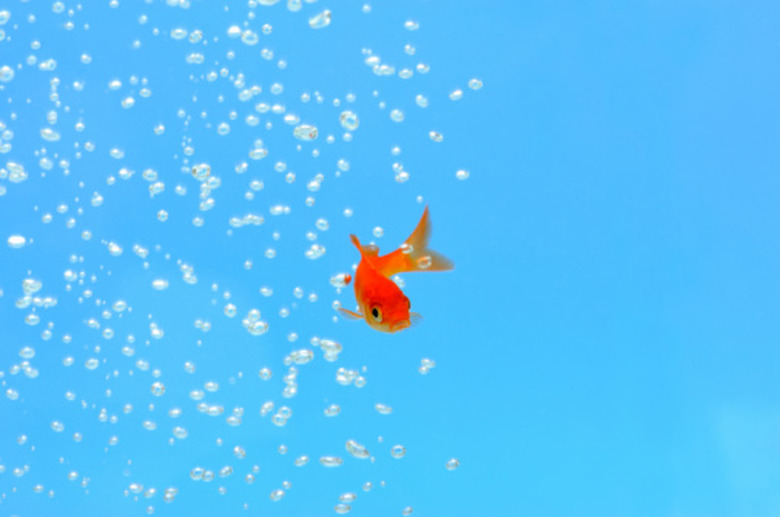How To Use Powdered Alum To Purify Water
Alum, also known as potassium aluminum sulfate, can be used to purify water. According to the Environmental Science Activities for the 21st Century Project, water purification is an essential sanitation measure taken to ensure drinking water is clean and safe. Novak and Watts point out that phosphorous is a common contaminant found in water supplies located near livestock shelter and grazing facilities. Alum in its powdered form can be added to water to bind with phosphorous particles to aid the water purification process.
Step 1
Pour eight-tenths of a gallon of contaminated water into the reaction vessel — a sturdy glass container. Be sure that there is enough space in the vessel that the contaminated water can be stirred without spillage.
Step 2
Add 1.4 ounces of alum powder to the contaminated water in the reaction vessel and carefully stir the mixture with the stirring stick for at least five minutes. Sediment will form as the phosphorous in the water binds with the alum powder.
Step 3
Attach the liquid storage container intended to hold the purified water to the filtration apparatus. This container should be marked or labeled to distinguish the purified water it will hold from other containers that may contain contaminated water.
Step 4
Filter the water-alum mixture through a filtration apparatus. The filter will allow the purified water through while trapping the alum-phosphorous mixture. The purified water will collect in the liquid storage container and be used without fear of phosphorous contamination.
Things Needed
- eight tenths of a gallon contaminated water
- Reaction vessel
- 1.4 ounces powdered alum
- Stir stick
- Liquid storage container
- Filtration apparatus
TL;DR (Too Long; Didn't Read)
Although alum serves to purify water of its phosphorous content, it is important to remember that purified water may need to be sterilized prior to consumption. Add a germ killing agent to the purified water to be sure it is fully disinfected.
Warning
Do not drink either the contaminated water or the water-alum mixture. Until the water is passed through a filter the phosphorous will remain present and can potentially be hazardous.
References
- Environmental Science Activities for the 21st Century Project: Drinking Water Treatment
- J. M. Novak and D. W. Watts: An Alum-Based Water Treatment...
Cite This Article
MLA
Thryn, Damien. "How To Use Powdered Alum To Purify Water" sciencing.com, https://www.sciencing.com/use-powdered-alum-purify-water-7411961/. 24 April 2017.
APA
Thryn, Damien. (2017, April 24). How To Use Powdered Alum To Purify Water. sciencing.com. Retrieved from https://www.sciencing.com/use-powdered-alum-purify-water-7411961/
Chicago
Thryn, Damien. How To Use Powdered Alum To Purify Water last modified March 24, 2022. https://www.sciencing.com/use-powdered-alum-purify-water-7411961/
